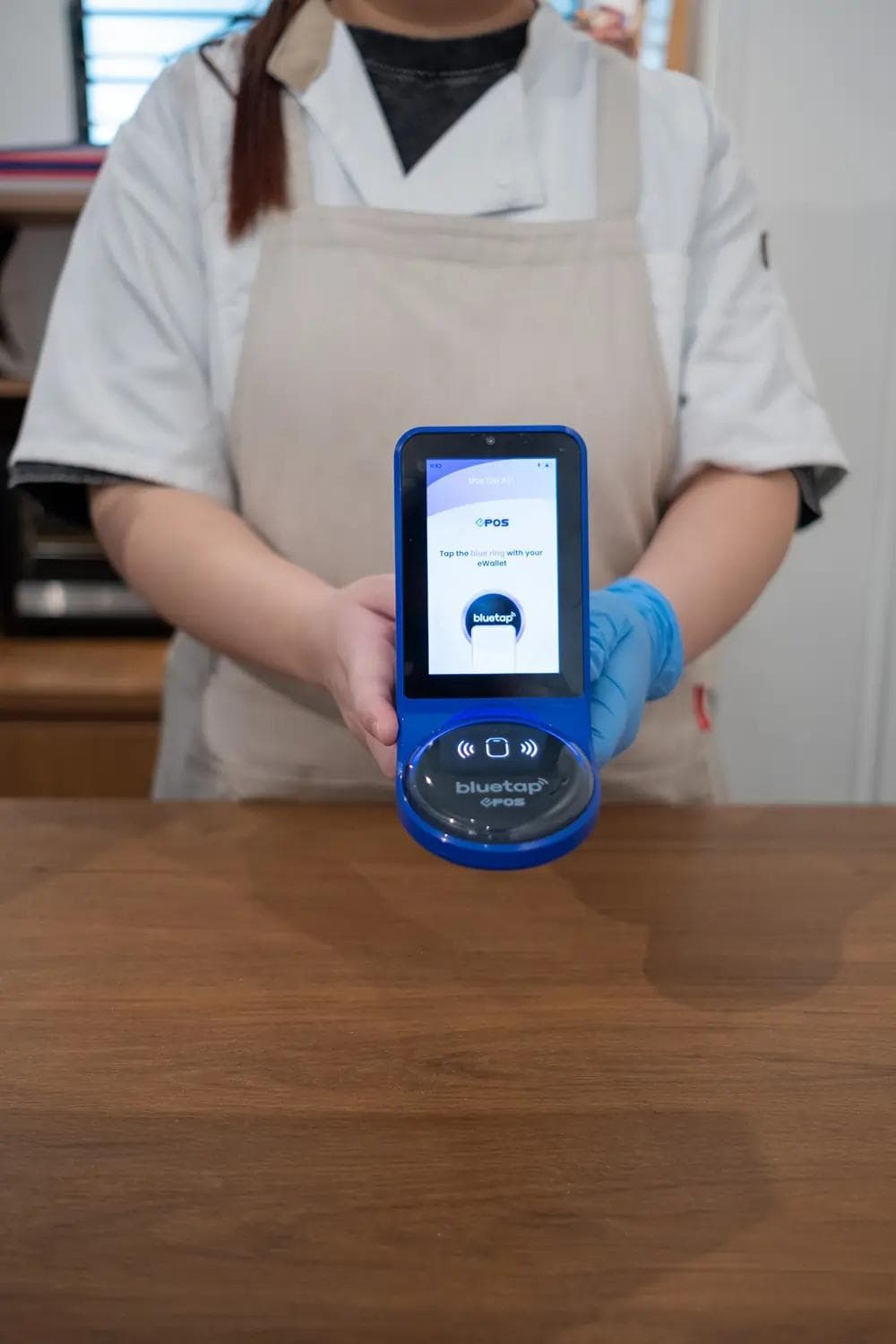Ensuring high-quality mobile connectivity for the good of the financial services industry
Ensuring high-quality mobile connectivity for the good of the financial services industry
Published by Gbaf News
Posted on October 23, 2018

Published by Gbaf News
Posted on October 23, 2018

Paul Bell, Vice President of Enterprise Sales in Europe, CommScope
The UK is currently undergoing a productivity crisis. According to recent data from the Office of National Statistics (ONS), the country saw below average productivity growth in terms of both output per hour and output per worker in 2016 compared with the rest of the G7 nations, with gaps of 16.3 percent and 16.6 percent respectively.
While the latest quarterly figures show some small growth in productivity, they also reveal that progress in the financial services sector has stagnated since the economic crisis ten years ago. This could be due to a number of reasons, such as the administrative burden of increasingly tight regulation or the effects of general global economic uncertainty. Recent research suggests that the quality of mobile coverage within office buildings is also a contributing factor, and one that needs to be urgently addressed by business owners and their landlords.
With experts suggesting it could deliver a 2.5 percent uplift in productivity, superfast broadband is undeniably essential in delivering the speed so important to financial services providers for whom real-time transactions are critical. Ensuring that an organisation’s employees, customers and partners have access to fast and reliable coverage on their mobile device is also essential, however. And as mobile-first service such as Atom Bank and Monzo grow in popularity, connectivity has never been more important for guaranteeing customer satisfaction.
Access to connectivity
Responding to a survey carried out recently by CommScope, more than three quarters of office workers consider the ability to make calls and access 4G data services from their mobile devices as important, despite their employers providing fixed line or VoIP desktop bands and widespread Wi-Fi broadband connectivity.
During the same research, around one in three office workers admitted using their own personal devices to access mobile apps, including online banking services, over 4G connections, with a quarter of these doing so at least once a week.
Around three quarters claimed that their work efficiency had actually been hindered by a poor mobile connection, however, with more than two in five claiming that they had been forced to leave their office building to make a call or access a 4G data service as the result of a lack of coverage. And with a quarter of office workers claiming that poor mobile connectivity in the workplace had an impact on their productivity at least once a week, it’s clear that more must be done to address the issue.
Physical limitations
The quality of mobile coverage within an office can be affected by a number of factors. The location of nearby macro base station sites, for example, and the strength of other ‘interference’ can lead to a significant reduction in the strength of the indoor signal. Additionally, a building’s metal framework or, more recently, use of reflective energy-saving glass can create a ‘Faraday Cage’ effect that prevents external signals from reaching the workers inside.
The moment a business notices the impact that slow, unreliable mobile coverage – or none at all – is having on its employees, its first point of contact will typically be the mobile operator. This is a perfectly sensible first step and operators should focus on the provision of mobile connectivity within offices as well as investing in its nearby base stations to provide coverage to any subscribers in the vicinity. Given the physical limitations, such as those mentioned above, this ‘outside-in’ approach won’t necessarily fully resolve the issue.
Therefore, in the same way that an organisation’s IT team will research the best-of-breed IT solutions that will minimise the risk of downtime or outages to its broadband connectivity, so businesses and landlords should look to ensure the provision of reliable and consistent mobile connectivity for their workers, customers and partners while they are on the premises.
Living the experience
Seeking ways of improving productivity, operational efficiency and the delivery of a more satisfactory customer experience, the financial services industry has embarked on a digital transformation.
Mobile banking services and applications are growing in popularity as traditional high street banks and, as announced recently, ATMs are closing. High-quality, in-building mobile coverage will allow a bank’s employees to ‘live the customer experience’ before these services and applications are rolled out to the public.
Mobile connectivity is key to delivering this improved customer experience, and improving an organisation’s productivity. Ensuring the delivery of first-class in-building wireless coverage as part of any digital transformation initiative should therefore be a priority for every financial services provider.
Explore more articles in the Top Stories category











